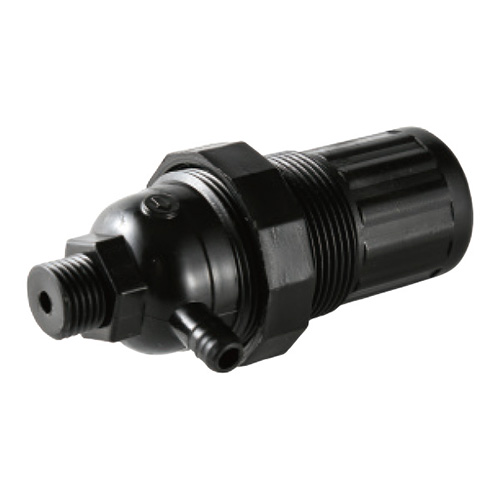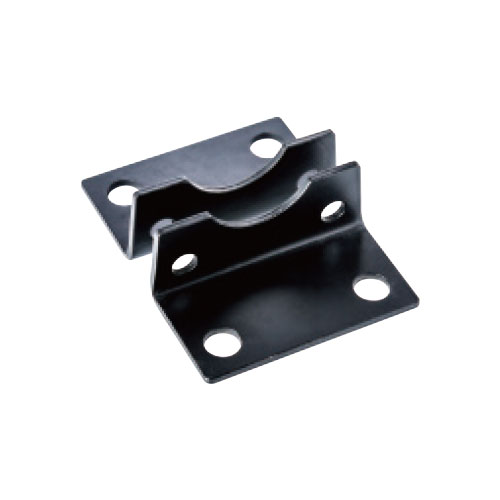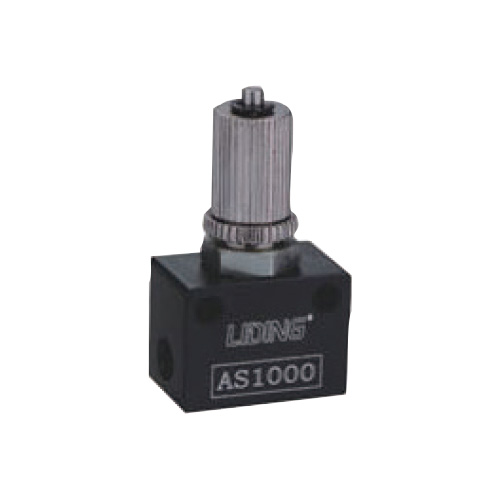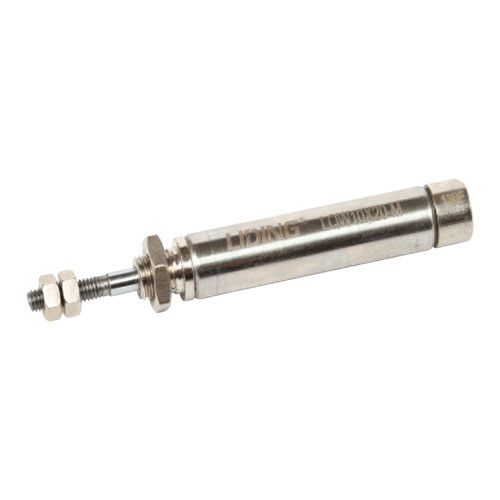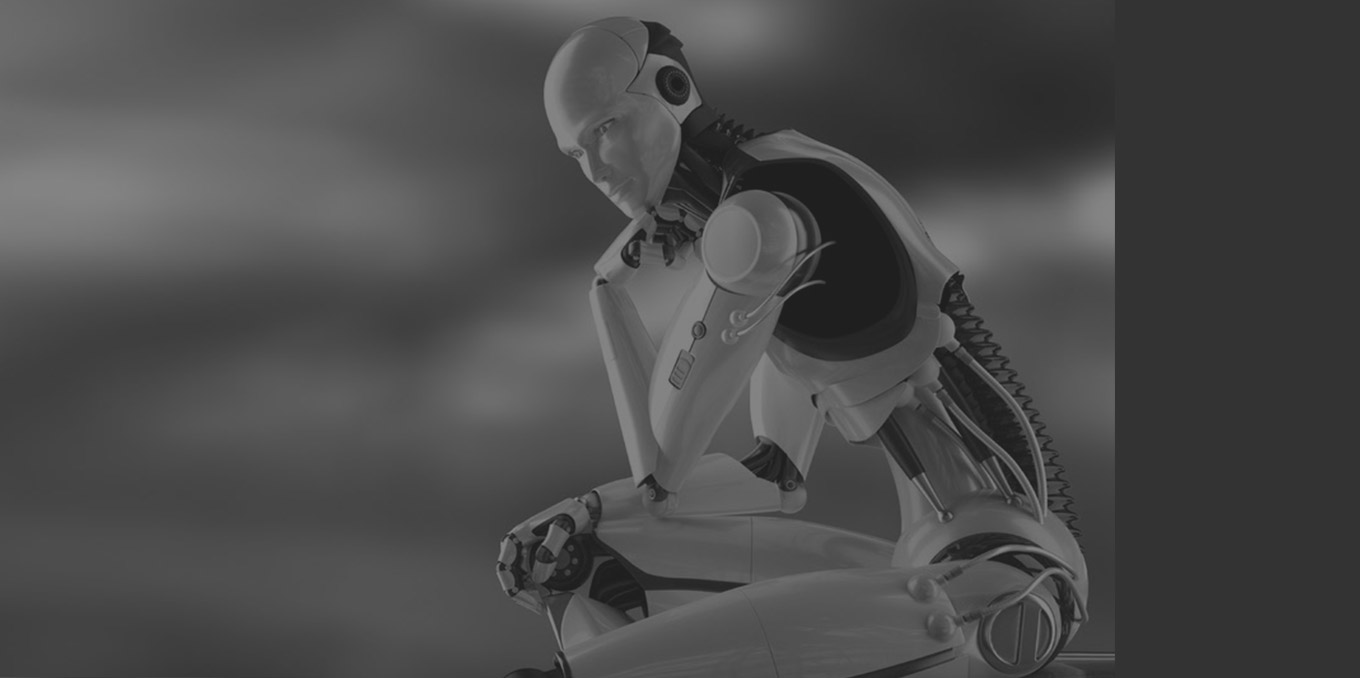What are the types of cylinders?
Pneumatic actuators (https://www.nblida.com/product/air […]
Pneumatic actuators (https://www.nblida.com/product/air-treatment/) that convert the pressure energy of compressed gas into mechanical energy in pneumatic transmission. There are two types of cylinders: reciprocating linear motion and reciprocating swing. The cylinders for reciprocating linear motion can be divided into four types: single-acting, double-acting, diaphragm type and impact cylinders.
①Single-acting cylinder: There is a piston rod at only one end. The air is supplied from the side of the piston to gather energy to generate air pressure. The air pressure pushes the piston to produce thrust and extends, and returns by spring or its own weight.
②Double-acting cylinder: Air is supplied alternately from both sides of the piston to output force in one or two directions.
③Diaphragm cylinder: replace the piston with a diaphragm, output force in one direction only, and return with a spring. Its sealing performance is good, but the stroke is short.
④ Impact cylinder: This is a new type of component. It converts the pressure energy of the compressed gas into the kinetic energy of the piston's high-speed (10-20 m/s) movement, so as to perform work. The impact cylinder adds a middle cover with nozzles and drain ports. The middle cover and the piston divide the cylinder into three chambers: air storage chamber, head chamber and tail chamber. It is widely used in various operations such as blanking, punching, crushing and forming. The cylinder that swings back and forth is called a swing cylinder. The inner cavity is divided into two by vanes, and air is alternately supplied to the two cavities. The output shaft makes a swing motion, and the swing angle is less than 280°.
In addition, there are rotary cylinders, gas-liquid damping cylinders and stepping cylinders.


